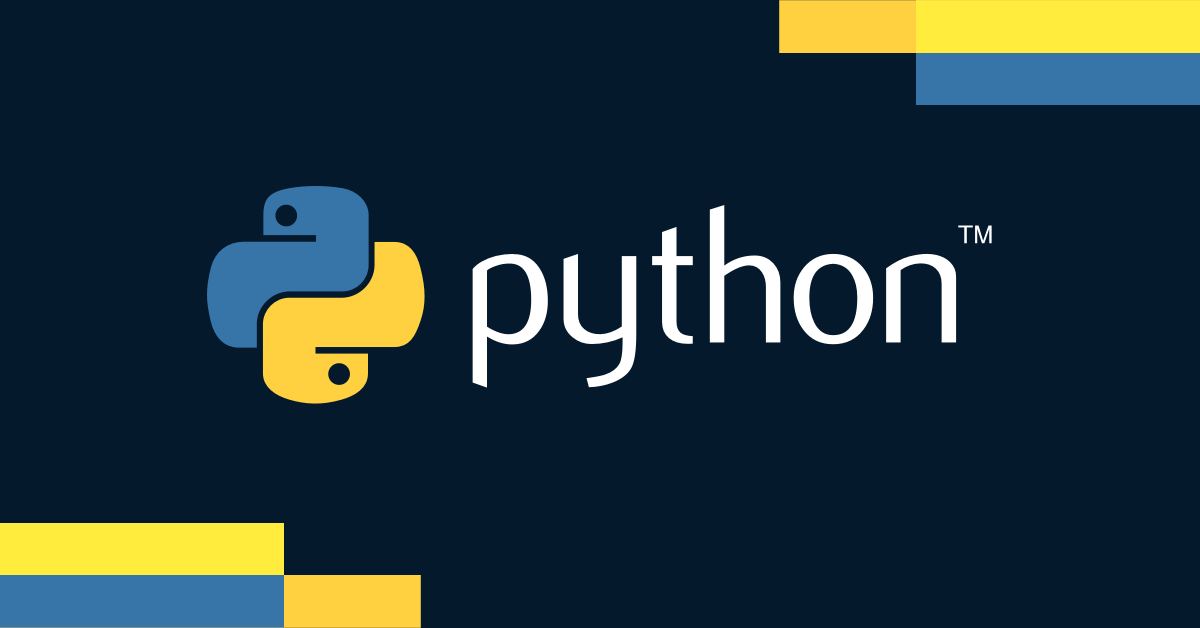-

June 07, 2024
BUILD A WEB APPLICATION FROM SCRATCH WITH FLASK AND PYTHON
Introduction
Flask is a popular micro-framework in Python for creating lightweight and scalable web applications. In this walkthrough, we will build a web application from scratch using Flask and Python. By the end of this article, you will have a basic understanding of how to create a web application, set up routes, and work with templates.
Requirements:
- Python 3.6 or later
- Flask (install it using
pip install Flask)
Step 1: Setting up the Flask Application
To begin developing your web application, start by creating a dedicated directory to house your project files. This organization is crucial as your application scales and potentially integrates more components.
- Create Project Directory: Open your terminal or command prompt and run the following commands to create a new directory and navigate into it:
mkdir briskbrain_flask_app
cd briskbrain_flask_app- Create a Python File: Within this directory, create a file named
app.py. This file will serve as the entry point for your Flask application. You can use any text editor to create and edit this file.
from flask import Flask
app = Flask(__name__) # Create a Flask instance
# Define a basic route and a function that will be called when accessing the root URL
@app.route('/')
def home():
return 'Hello BriskBrain, Flask!'
if __name__ == "__main__":
app.run(debug=True) # Run the app in debug modeExplanation:
from flask import Flask: Imports the Flask class from the Flask library.app = Flask(__name__): Instantiates the Flask class.__name__is a Python special variable which is set to the name of the module in which it is used.app.route('/'): The decorator that tells Flask what URL should trigger the function that follows.app.run(debug=True): Starts the application with the ability to print out possible Python errors on the web page. This will help you trace the errors.
Step 2: Adding Routes
Routes are essential in Flask as they define the endpoints and HTTP methods your application can handle. Each route is associated with a Python function, which is executed when the route is accessed.
- Create a Simple Route: Let’s define a basic route to our application:
@app.route('/')
def home():
return 'Welcome to the Flask App from BriskBrain Technologies!'- Adding a New Route:
Suppose we want a page that greets the user by name. We add another route as follows:
@app.route('/briskbrainteam/<name>')
def briskbrainteam(name):
return f'Hello, {name}!'Explanation:
- The route
/briskbrainteam/<name>is a dynamic route that accepts an input from the URL. briskbrainteam(name)is the function that will be invoked at this route.
Step 3: Using Templates
To make web pages dynamic, we use Jinja2 templates, which are integrated with Flask. Templates allow you to inject data into HTML files from your Flask application.
- Set Up Templates Directory:
- Create a folder named
templatesin your project directory. - Inside this folder, create an HTML file named
index.html.
<!DOCTYPE html>
<html lang="en">
<head>
<meta charset="UTF-8">
<meta name="viewport" content="width=device-width, initial-scale=1.0">
<title>BriskBrain Flask App</title>
</head>
<body>
<h1>{{ message }}</h1>
</body>
</html>- Modify the Home Function:
Modify the
homefunction inapp.pyto render theindex.htmlfilefrom flask import render_template
@app.route('/')
def home():
return render_template('index.html', message='Welcome to Briskbrain Team!')Explanation:
render_templateis used to generate output from a template file based on the Jinja2 engine that Flask uses.
Step 4: Working with Forms
Handling form data is straightforward in Flask. You can easily gather data submitted by users and process it.
- Create a Form Template:
In the
templatesfolder, create another HTML file calledform.html:<!DOCTYPE html>
<html lang="en">
<head>
<meta charset="UTF-8">
<meta name="viewport" content="width=device-width, initial-scale=1.0">
<title>BriskBrain Form Example</title>
</head>
<body>
<form action="/submit" method="POST">
<label for="name">Name:</label>
<input type="text" id="name" name="name" required>
<button type="submit">Submit</button>
</form>
</body>
</html>- Handle Form Submission:
Add routes to display the form and to handle the form submission:
from flask import request
@app.route('/form')
def form():
return render_template('form.html')
@app.route('/submit', methods=['POST'])
def submit():
name = request.form['name']
return f'Hello, {name}!'Explanation:
- The form in
form.htmlsubmits a POST request to the/submitroute. - The
submit()function retrieves data from the form and returns a personalized greeting.
Conclusion
This guide provided a fundamental walkthrough for creating a simple web application using Flask, Python’s micro-framework. We covered setting up your project, defining routes, using templates for dynamic content, and handling form data. With these core components, you now possess the basic skills to expand your application further. You might consider adding advanced features like user authentication, integrating a database, or developing RESTful APIs to enhance functionality and user experience. Explore and experiment to make the most of what Flask has to offer!
- 1 comments
- By Admin

Comments
Anonymous
My partner and I stumbloed over here coming from a different web address and thought I should check things out. I like what I see so now i'm following you. Look forward to looking over yor web page for a second time. http://Boyarka-Inform.com/